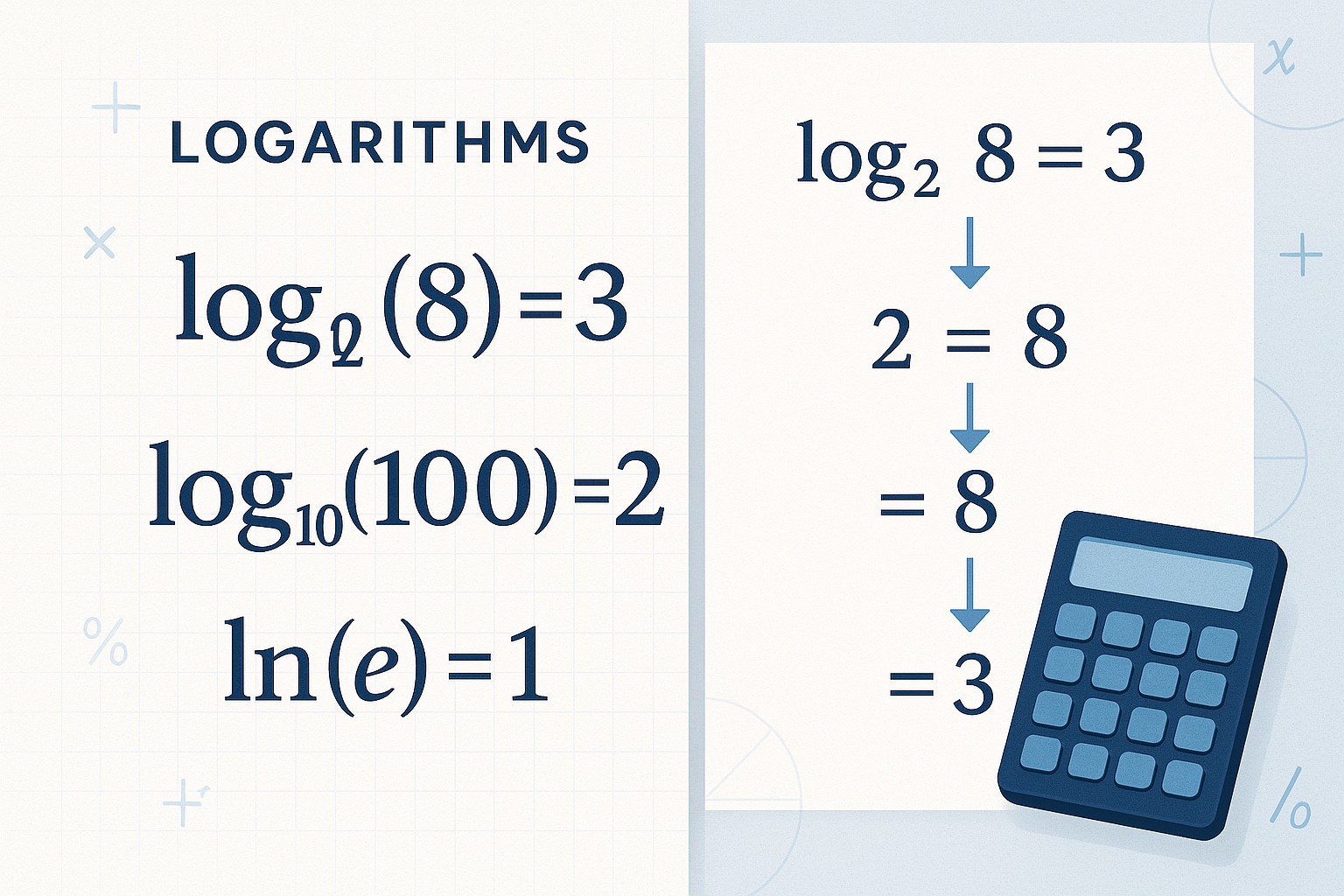Rendering article content...
Quick Guide to Basic Logarithm Calculations and Rules
Master logarithm calculations with our comprehensive guide. Learn fundamental concepts, properties, and step-by-step methods to solve logarithmic equations efficiently. Perfect for students, professionals, and anyone seeking to understand logarithms from basic principles to practical applications
